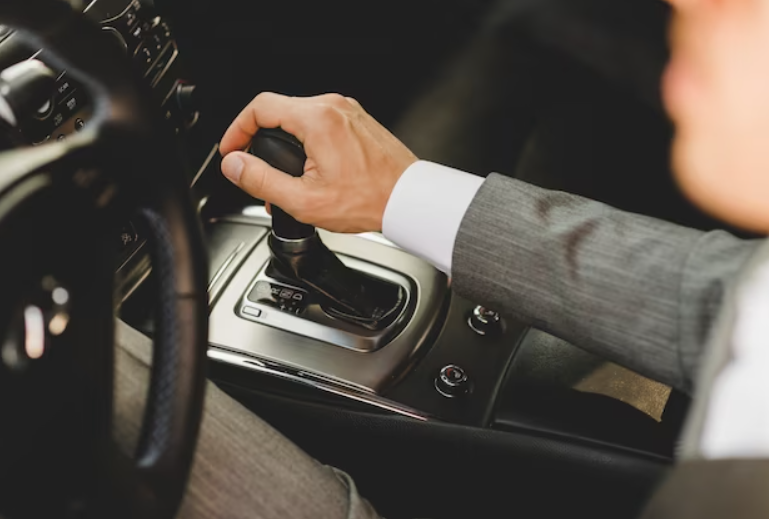Five Beginner Tips For Driving an Automatic Car.
02 Sep,2023

If you're new to driving, especially if you're starting with an automatic transmission car, you're in for a smooth and user-friendly experience. Automatic cars are known for their ease of use, but there are still important tips to keep in mind as a beginner to ensure your safety and comfort on the road. In this article, we'll share five essential tips to help you get started with driving an automatic car.
1. Understand the Gear Selector:
Automatic cars have a simplified gear shifting system compared to manual transmissions. Most automatics have three main settings: Park (P), Reverse (R), Neutral (N), and Drive (D). To get moving, simply shift the gear lever from Park to Drive, and you're ready to go. Make sure you're familiar with these settings and their functions before hitting the road.
2. Use Your Right Foot:
With an automatic transmission, you'll primarily use your right foot for two pedals: the accelerator and the brake. Pressing the accelerator increases your speed, while the brake pedal slows you down. It's essential to develop a gentle and controlled touch to maintain a smooth and safe driving experience.
3. Practice Smooth Acceleration and Braking:
One common mistake for beginner automatic car drivers is jerky acceleration and sudden braking. To drive smoothly, apply gradual pressure to the accelerator pedal when speeding up and ease off when you want to slow down. Similarly, brake gently to come to a stop or reduce your speed. Smooth driving not only enhances your comfort but also improves fuel efficiency and reduces wear and tear on the vehicle.
4. Pay Attention to the Parking Brake:
The parking brake (also known as the handbrake) is an essential tool for parking safely on inclines and ensuring your car doesn't roll away. When parking, always engage the parking brake after putting your car in Park. Before driving, make sure to disengage it. This prevents unnecessary wear on the transmission and keeps you and your vehicle safe.
5. Stay Aware of the "N" Position:
The Neutral (N) position is used when you need to tow the vehicle or during maintenance tasks like jump-starting the engine. However, avoid shifting into Neutral while driving unless it's an emergency, as this will disengage the transmission and disconnect the engine from the wheels, potentially causing loss of control.
As you gain experience with driving an automatic car, you'll become more comfortable and confident behind the wheel. Remember that practice is key to mastering any skill, so take your time, follow these tips, and always prioritize safety on the road. Happy driving!


 Login
Login









